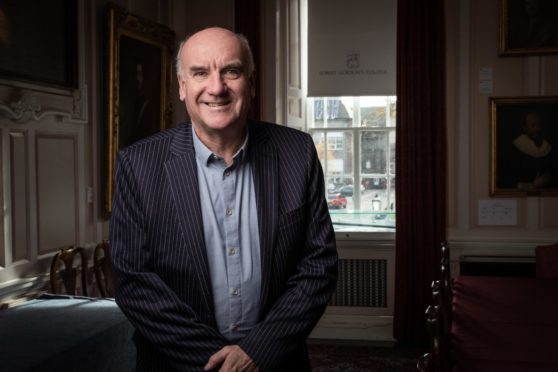Since the late 1960s, when oil was first discovered in the North Sea, the north-east economy has developed and flourished around oil and gas.
For most of those 50-plus years, about 80% of all employment in the area has been dependent, directly and indirectly, on oil and gas. Energy is in the blood of most north-east entrepreneurs, in some way, shape or form.
But the long-term future of global energy is not in hydrocarbons. With the climate change agenda pushing us towards a net-zero emissions society, the shift will impact every part of our economy.
We are switching to the electrification of energy; wind, hydro, solar and geothermal hydrogen will become the primary sources, and the north-east will have to change to continue as one of the world’s energy capitals.
The Oil and Gas Technology Centre recently forecast that it will take £430 billion of investment over the next 30 years to meet the objectives of carbon capture and net-zero carbon emissions, while still satisfying the energy demands of the UK.
Alongside OGTC, there is significant innovation, technology development, and R&D going on at both Aberdeen University and Robert Gordon University, and from these will come many early-stage businesses needing equity and other forms of finance to bring their disruptive technologies to commercial reality.
There is no doubt the combination of Covid-19 and the fast-moving climate change agenda has accelerated the focus on technology to transform energy production for the net-zero future.
Technologies required to switch, over time, from oil and gas to clean energy will be complex, so we need the best minds on it. Where better than Aberdeen, with a 50-year history of energy innovation, technology, expertise, and skills?
Success lies in harnessing those skills to evolve the north-east into a different, but equally exciting future. This is what makes now an opportune time for investment in Aberdeen and the north-east.
Change drives innovation and new ideas will form the backbone of our new economy. They are the currency that will fuel jobs and the energy support sector for years to come.
There is also a poetic full-circle – companies and individuals that made their money in oil and gas are using that capital to fund the future. The knowledge, experience and entrepreneurial capital they built up is being projected forward by way of support, mentoring and board guidance, as well as investment.
Aberdeen has a vastly different economy to the rest of Scotland. It has long been focused on energy and its ecosystem, and potentially will be for decades to come. The north-east must continue to invest in the innovation and the research and development which will fuel its future growth.
We will see huge change in our region over the next 20 or so years, creating countless opportunities for investment in innovative businesses which will be leading the way.
Hugh Little is chairman of Par Equity’s recently-launched Aberdeen Investment Network
